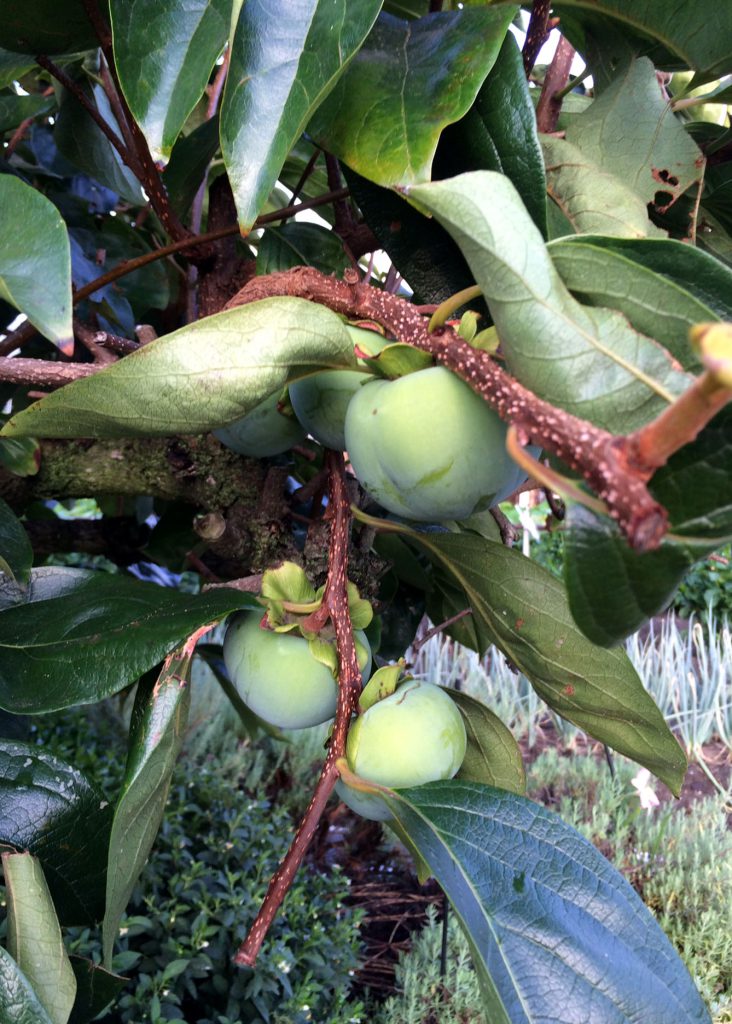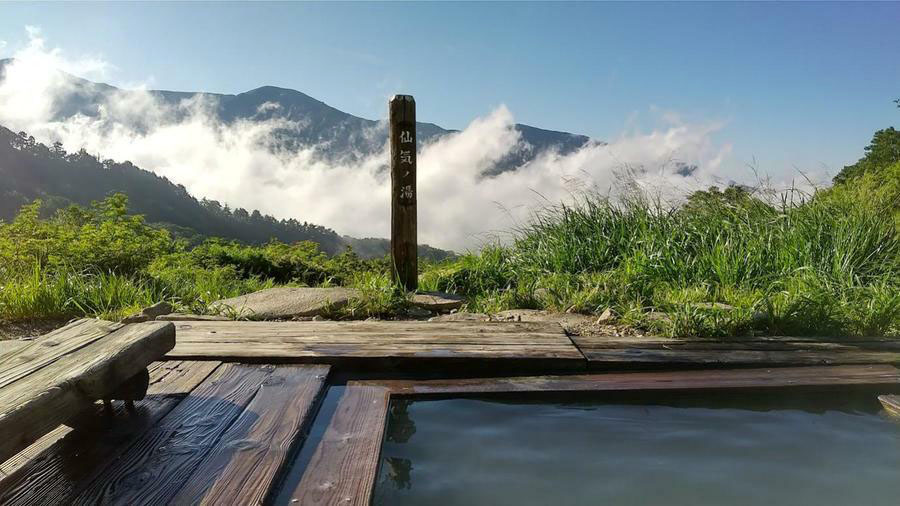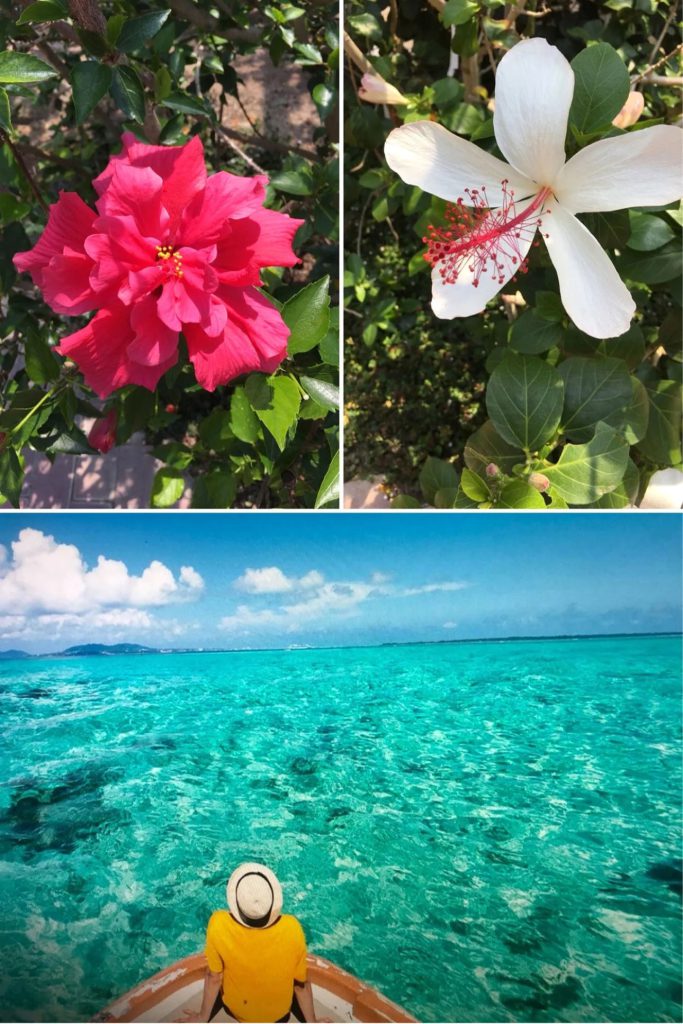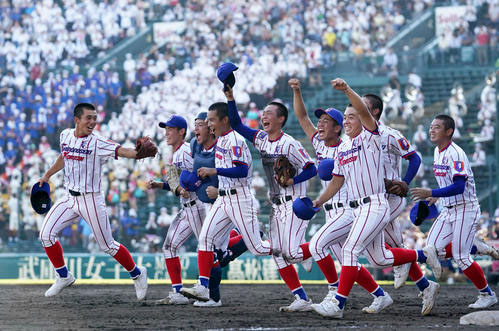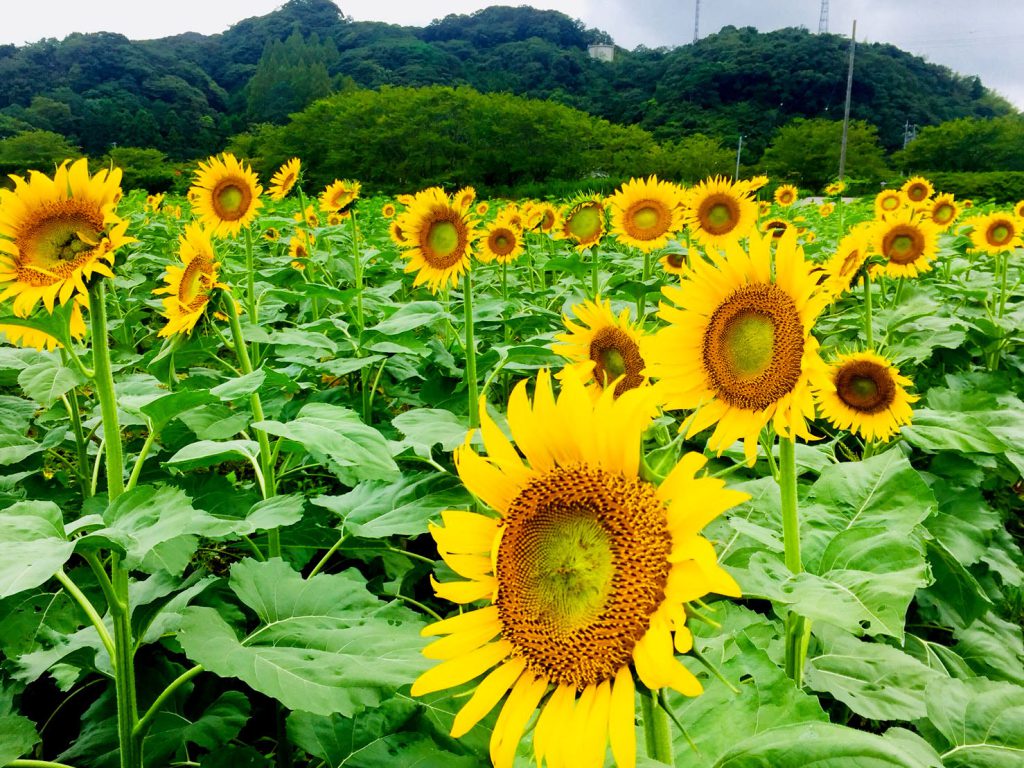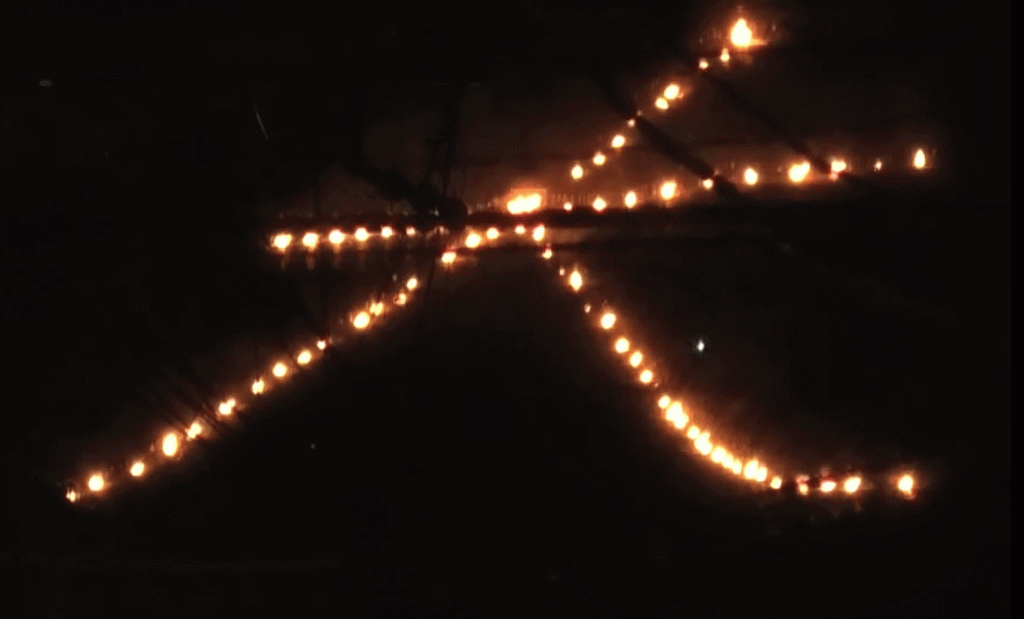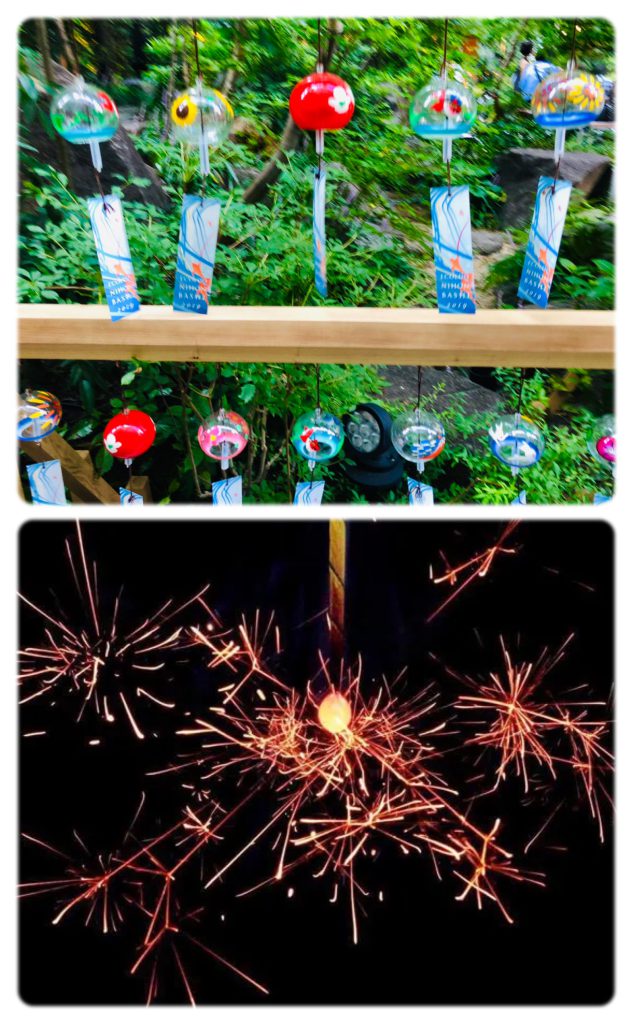
Today is Shosho, the 14th of the twenty-four solar terms. Nijushisekki is a seasonal term that divides a year into four seasons, spring, summer, autumn and winter, and each of these is further divided into six. The Shosho period between the beginning of autumn and the white dew is said to be the time when the heat of summer stops, and it is said to be the time when the severe heat passes over the peak pass and calms down. At the same time, today is also the last day of Uchimizu Day. Since 2003, private organizations such as the Japan Water Forum (Tokyo), an NPO of the Ministry of Land, Infrastructure, Transport and Tourism, have been holding events under the name of “Uchimizu Daisakusen”. We can lower the temperature by 2 degrees Celsius by sprinkling water on the ground.” In the summer Koshien, Sendai Ikuei brought the first championship flag to the Tohoku region. Autumn is just around the corner.
今日は処暑、二十四節気の14番目の節気です。二十四節気とは、1年を春夏秋冬の4つの季節に分け、さらにそれぞれを6つに分けた季節用語です。立秋と白露に挟まれた期間で、夏の暑さが止むという意味から「処暑」といわれ、厳しい暑さが峠を越して、落ち着く頃と言われています。同時に今日は「打ち水の日」の最終日でもあります。国土交通省のNPO法人・日本水フォーラム(東京)などの民間団体が2003年(平成15年)から「打ち水大作戦」と呼びかけて実施している行事で、「ヒートアイランド現象は百万人が一斉に打ち水をすれば気温を2℃下げられる」と訴えています。夏の甲子園も仙台育英が東北地方に初めての優勝旗をもたらしました。秋はすぐ近くです。

